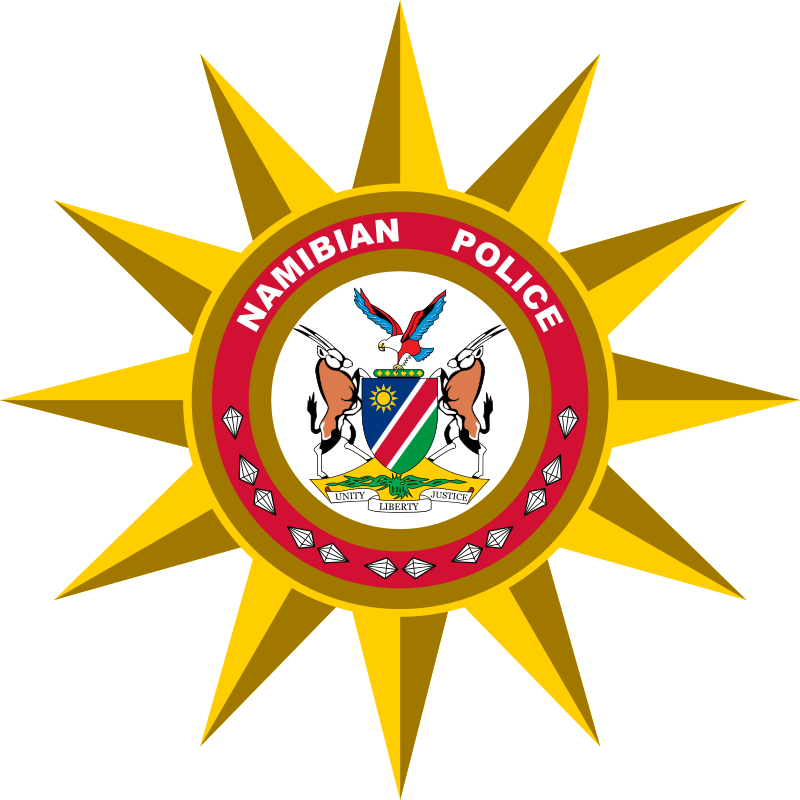THE end of the rainy season has left livestock farmers in northern Namibia anxious as they fear for the worst due to the current drought.
The farmers are among those worst affected by the ravaging countrywide drought that has resulted in the loss of thousands of animals.
Farmers now fear a total annihilation of their livestock to drought, and the falling livestock prices do not seem to help them either.
A recent visit to Lake Oponona, the largest water body in the Cuvelai drainage system, located about 60 kilometres south of Oshakati, revealed the harsh realities that both livestock and crop farmers there face.
Lake Oponona was once a good site for bird watching, recreational fishing and water sports, as it holds water for a long time. Flamingos and other water birds would migrate there when oshanas, swamps and other wetlands dried up.
The lake has been of critical importance to the local population, who depend on subsistence farming and fishing. Its water has been vital for both animals and humans living around it. But the lake is now drying up, leaving the 2 600 livestock that depended on it to find alternative water sources further up north.
This has presented a challenge for farmers, as they are unable to move most of the animals due to their frail conditions.
“It is tough trying to keep livestock alive. If the cattle could talk, they would speak to us by now,” Moses Kadjule, a cattle herder, told The Namibian.
“We do not want to be forced to ask for help, but right now we have to literally beg for it”, he added.
Naftali Thomas, a cattle herder who has lived in the area for close to five years, said it has become increasingly difficult to make a living off their livestock due to drought.
“We used to receive heavy rains for six months during the rainy season. But for the past three years, the rains have been very unreliable. This year, the rain came too late, and it was too little,” he said. As a result, the crops are failing, and there is not enough grass in the veld for the livestock, Thomas added. On the day, the two men were on a journey to look for cattle that had strayed from the herd.
“Sometimes, they wander off to find food and water. We will search for days, only to later find them dead,” Thomas said, adding that it was a disheartening process.
Former Swapo coordinator in the Oshana region, Erastus Kapolo, said most villagers have lost their means of survival like livestock, donkeys and chickens, and are also expecting a low crop yield. “We are in a situation where we need the government’s help to get by,” he added.
“There is simply not enough grass in the veld for the livestock to eat, making them very vulnerable. Mostly, our cattle have died trying to reach water in the lake. They get stuck in the mud close to the water. Because of their weak conditions, they fall in the mud and die,” he stressed.
Oponona, the Iizimba lake and surrounding areas have about 26 cattle posts. Vice president Nangolo Mbumba this weekend said Namibia has been doubly hit by drought as both crops and animals are affected.
“As a result, the government has allocated N$480 million for food assistance, water tanks and the transportation of fodder. We need to hold hands through these situations,” he noted. Namibia National Farmers Union president Jason Emvula said the government should help them turn the salty water at Oponona into potable water for humans. “This must happen now. We have run out of time, because within two months, that water will be saltier and will kill animals. We are calling on the government, through the ministry of agriculture, to act swiftly, and not later than now,” Emvula reiterated. He said as farmers, they are only expecting rain next year in March.
“To mitigate the drought, we have also started encouraging farmers to reduce their number of livestock. The government should open the abattoirs at Eenhana and Katima Mulilo to provide opportunities for farmers to reduce the number of livestock they have,” he added.
– tuyeimo@namibian.com.na
Stay informed with The Namibian – your source for credible journalism. Get in-depth reporting and opinions for
only N$85 a month. Invest in journalism, invest in democracy –
Subscribe Now!






